When to harvest cannabis plants
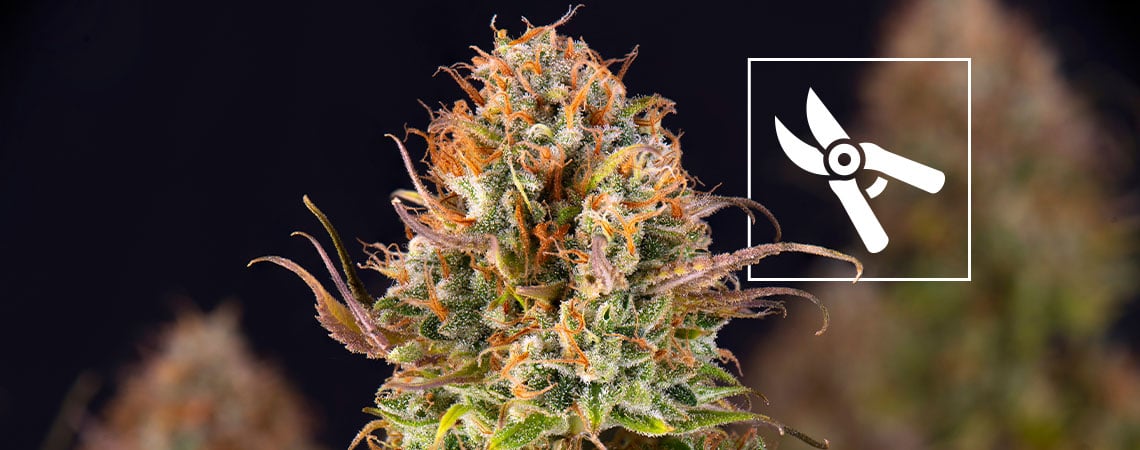
As well as proper feeding, lighting, and watering, ensuring the best-quality cannabis crop requires optimal timing too! Cannabis flowers have a peak period when they reach their absolute highest potency. This guide focuses exclusively on when to harvest, not how to harvest. For how to harvest, check out our separate step-by-step guide.
But how do you know when to harvest cannabis? Several methods are available, all of which vary in their accuracy, and here we review each of them.
Why timing your harvest is crucial
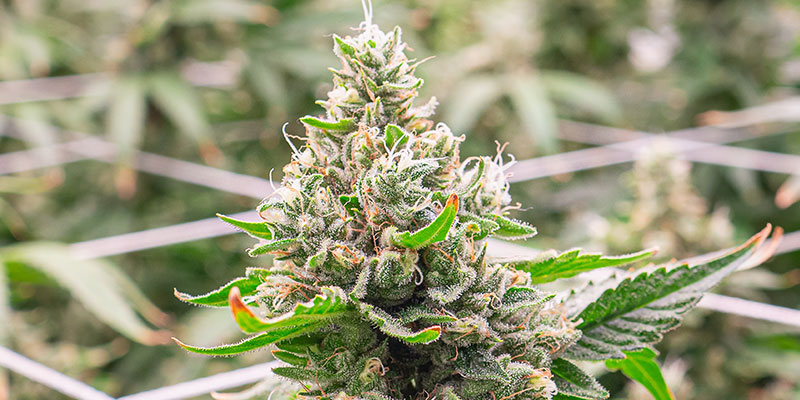
Understanding when to harvest your cannabis is vital for achieving the best results in terms of potency, flavour, and overall quality. Whether you're cultivating inside or outdoors, harvesting too early or too late can dramatically alter the nature of your final product.
As your cannabis plants mature, the levels of cannabinoids, such as THC, CBD, and CBG, continue to shift. Harvesting at the right time ensures you capture your preferred balance of compounds. For example, waiting until ripe trichomes are mostly cloudy with a touch of amber can maximise THC content and preserve the desired high. On the other hand, harvesting too early can leave you with underdeveloped buds, while later harvests can result in degraded levels of THC.
Getting the timing right also affects flavour and aroma, as terpenes are sensitive and can degrade if harvesting is delayed. Holding out for extended periods can lead to a drop in overall yield or even mould and overripe buds, especially in more humid environments.
Methods to check that your plant is ready to harvest
Knowing when to harvest cannabis doesn't have to be a guessing game. Growers can rely on several signs to tell when plants are mature enough to cut. The most reliable method is observing the colour and structure of trichomes, but pistil colour and a few other physical changes can also help guide your decision.
Trichome colour: The most reliable sign
Trichomes are tiny, mushroom-shaped glands that cover your cannabis flowers. They contain the majority of cannabinoids and terpenes, which means they play a central role in your plant's potency and aroma. Monitoring these trichomes is arguably the most effective and accurate way to tell when cannabis is ready to harvest.
Trichomes progress through four visual stages:
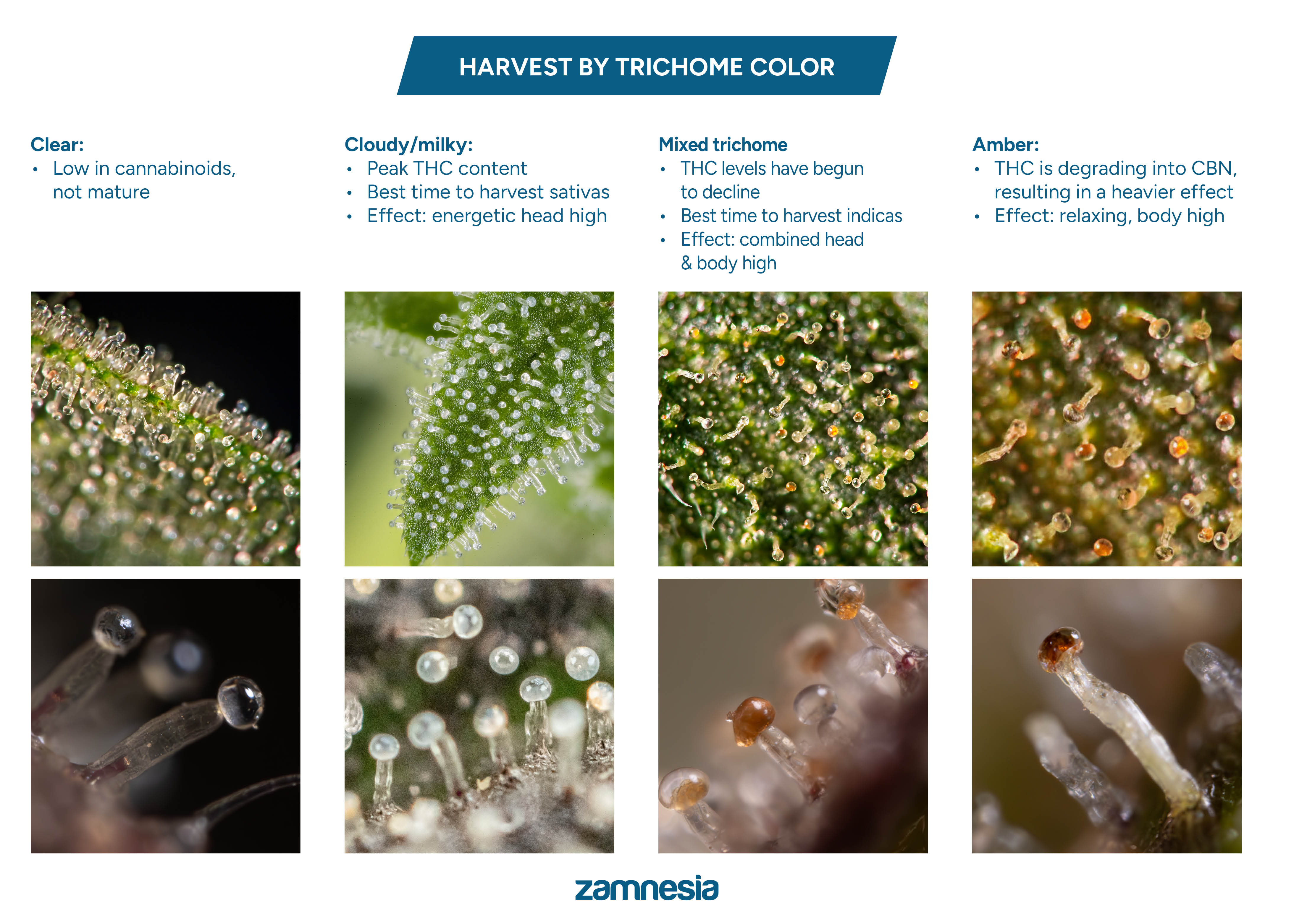

The general rule to achieve an ideal harvest is to wait until the trichomes are 70% cloudy, 15% clear, and 15% amber. This balance offers the best potency, flavour, and effect for most strains.
To inspect trichomes up close, use a jeweller's loupe or, for more precision, a mini microscope such as the Carson MicroBrite Plus. Today’s smartphones, especially with macro lens attachments, can also help you capture close-up pictures of trichomes ready for harvest.
If you can't easily examine the buds on the plant, cut a small sugar leaf or part of a bud and inspect it under bright light.
Checking pistil colour
Pistils are the fine, hair-like structures on cannabis flowers that start out white and darken over time. As the harvest date nears, the pistils change from white to orange or reddish-brown, curling inward with maturity.
Here's a quick guideline:
- Less than 50% darkened pistils: Too early to harvest
- 60–70% darkened: Approaching ripeness
- 80–90% darkened: Ready for harvesting
.jpg)
While pistil colour can be useful, especially if you don't have a microscope handy, it's only a secondary indicator. Buds may keep producing new white pistils, even when mature, which can confuse growers. Stress from heat or intense light can also cause the plant to produce fresh pistils, even in late blooming stages. Always cross-check pistils with trichomes for the best accuracy.
Other methods to look out for when to harvest cannabis
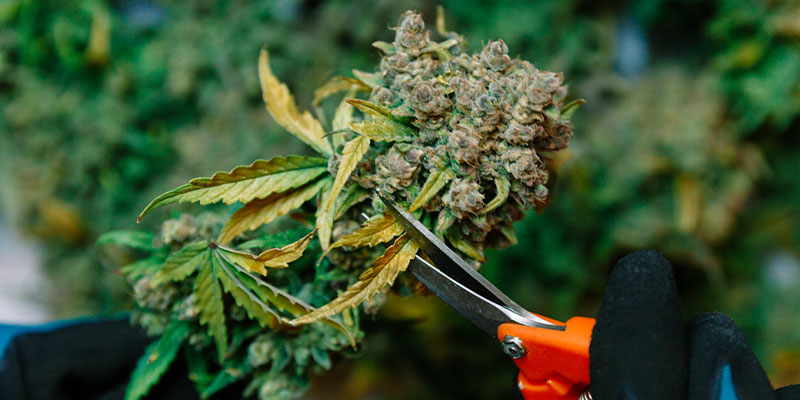
Beyond trichomes and pistils, there are some other subtle changes that can indicate ripe cannabis, though they vary in reliability.
- Soil dryness: Mature cannabis plants often take in less water, and the soil remains drier for longer.
- Leaf colour: Fan leaves may begin to yellow and crisp up near harvest, though this could also point to nutrient deficiencies, so check the context carefully.
- Strain type (photoperiod):
Indica-dominant strains tend to mature faster, sometimes in 7–9 weeks of flowering.
Sativa-dominant strains typically take a little longer, up to 10–14 weeks. - Autoflowering strains: These are usually ready in just 8–11 weeks after germination, though factors such as light, temperature, and nutrients can speed up or delay this window.
It's best to consider these methods as supporting signs, especially when trichomes or pistils are difficult to assess.
Early harvest: What happens when you harvest too soon?

Harvesting cannabis too early, when trichomes are still mostly clear or only partially cloudy, means the plant hasn't reached full cannabinoid maturity. This results in buds with lower THC levels, reducing their overall potency and potentially altering the intended effect of the strain.
It's thought that early-harvested cannabis often delivers a lighter, more energetic high, which some growers may prefer. However, in most cases, the plant hasn't developed its complete profile of cannabinoids and terpenes, meaning flavour, aroma, and effects may feel unbalanced or underwhelming.
Regarding structure, early buds are typically smaller, less dense, and retain more moisture, which can complicate the drying and curing process. Moist buds are also more prone to mould during these stages if not appropriately handled.
Some growers may intentionally choose an early harvest, especially when faced with outdoor risks like early frost, mould, or adverse weather. While it's not ideal for maximising potency, it can be a practical choice to save the crop from environmental threats.
Late harvest: What happens when you wait too long?
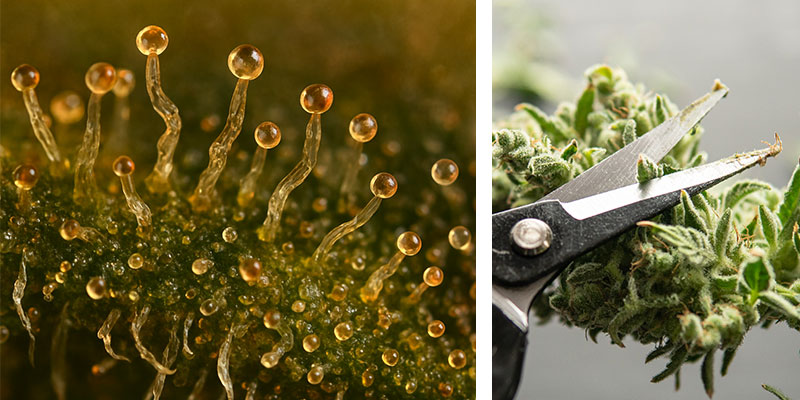
Waiting too long to harvest cannabis means allowing most trichomes to turn amber, and in some cases, begin to degrade. As mentioned, when trichomes pass their peak, THC starts to break down into CBN—a cannabinoid known for potentially producing more body-heavy effects. While this shift is desirable for some users, it typically results in a less potent or uplifting high.
Overripe buds also develop noticeable physical changes. They often appear darker in colour, become denser, and may feel heavier to the touch. While this might seem like a positive, extended delays can cause the buds to shed aroma and flavours, especially as terpenes begin to evaporate or degrade.
Additionally, leaving cannabis on the plant for too long increases the risk of overripe trichomes and mould, particularly in humid environments or dense colas with poor airflow. Bud rot can set in quickly, potentially ruining sections of your harvest.
What is the best time of day to harvest cannabis?
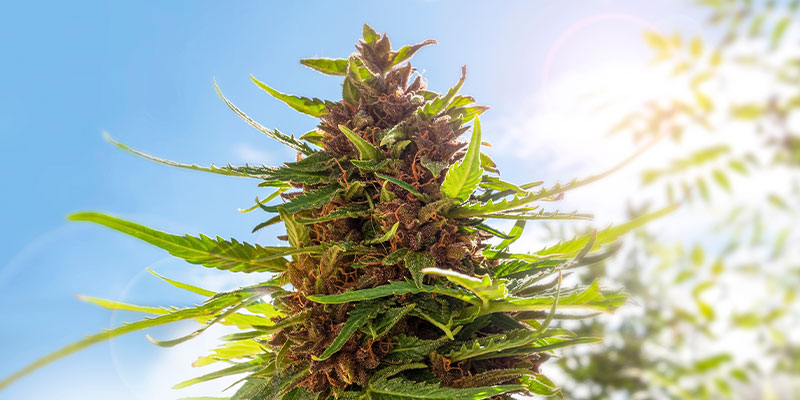
Believe it or not, the time of day you choose to harvest your cannabis can have a significant impact on its terpene profile, moisture level, and overall quality. Terpenes are delicate and easily lost if not handled carefully.
Most growers agree that early morning, just before or as the sun rises, is the best time to harvest. At this point, the plant is less metabolically active, and terpene levels are at their peak, resulting in a more flavourful and aromatic final product. Cooler temperatures at this hour also help preserve those volatile compounds.
Conversely, harvesting during the hottest part of the day can cause terpenes to evaporate and increase moisture loss, ultimately reducing overall quality.
However, some growers prefer to harvest late afternoon or evening, when resin production may be slightly elevated after a full day of photosynthesis. While this is less common, it can still yield quality results if conditions are cool and stable.
Ready to harvest? Here's what comes next
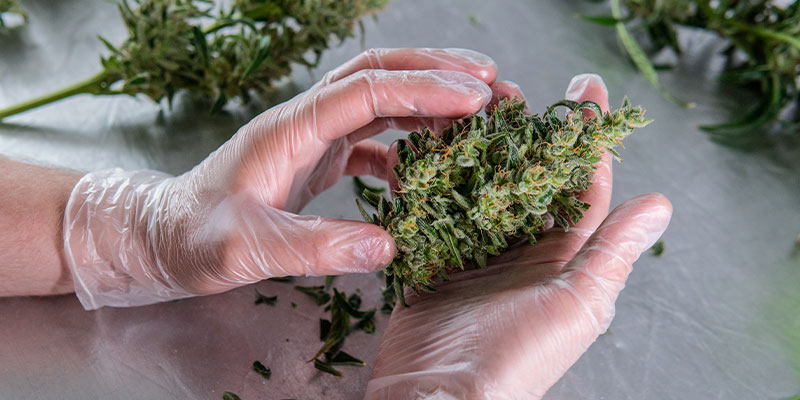
Once you've identified the key signs, cloudy trichomes, darkened pistils, and subtle changes in your plant's behaviour, your cannabis is likely ready to harvest. Getting the timing right ensures the best balance of potency, aroma, and overall experience.
Now that you know how to tell when cannabis is ready to harvest, it's time to move on to the next part: How to harvest. For a step-by-step breakdown of how to harvest, consult our handy guide.
Before you get started, make sure you're equipped with the right tools. Explore our full range of harvesting gear, including microscopes, pruning shears, and more. With the right gear and know-how, you can finish cultivating your cannabis plants with confidence and care.





 United States
United States











